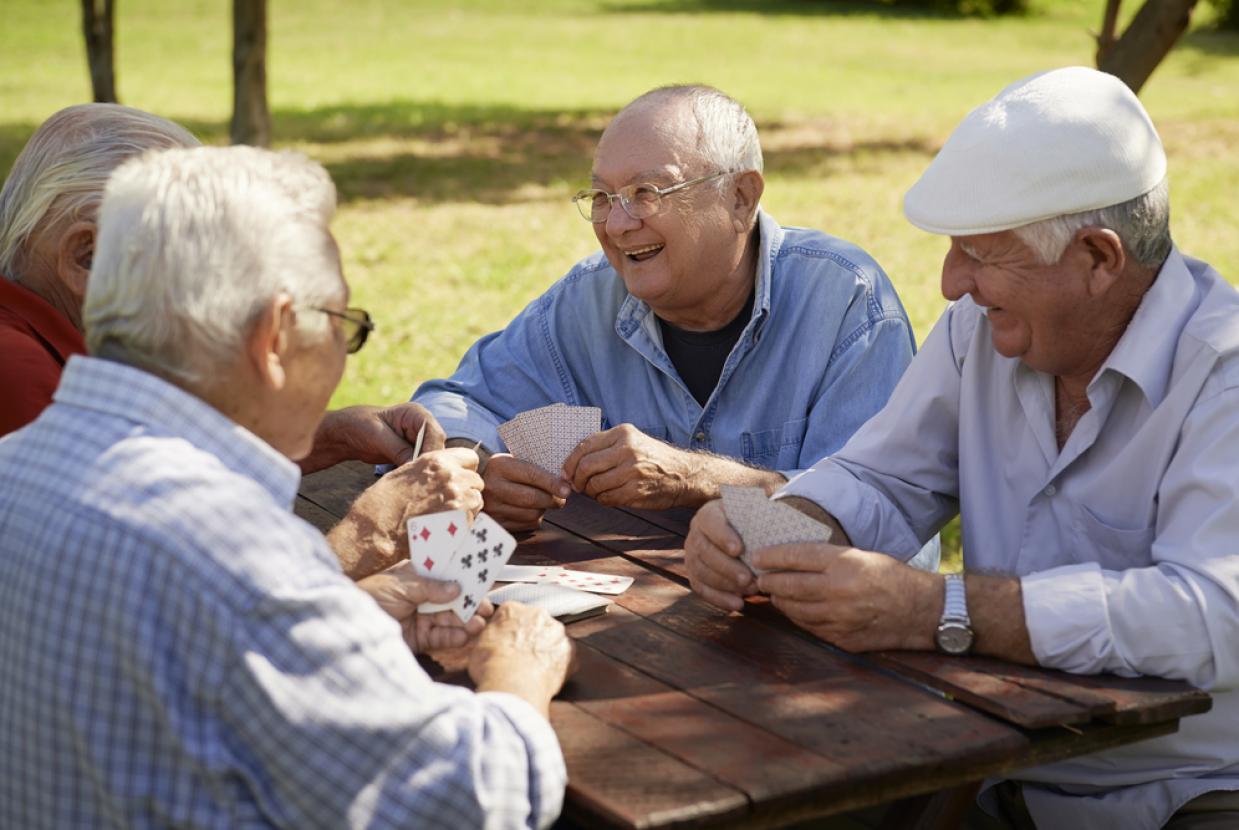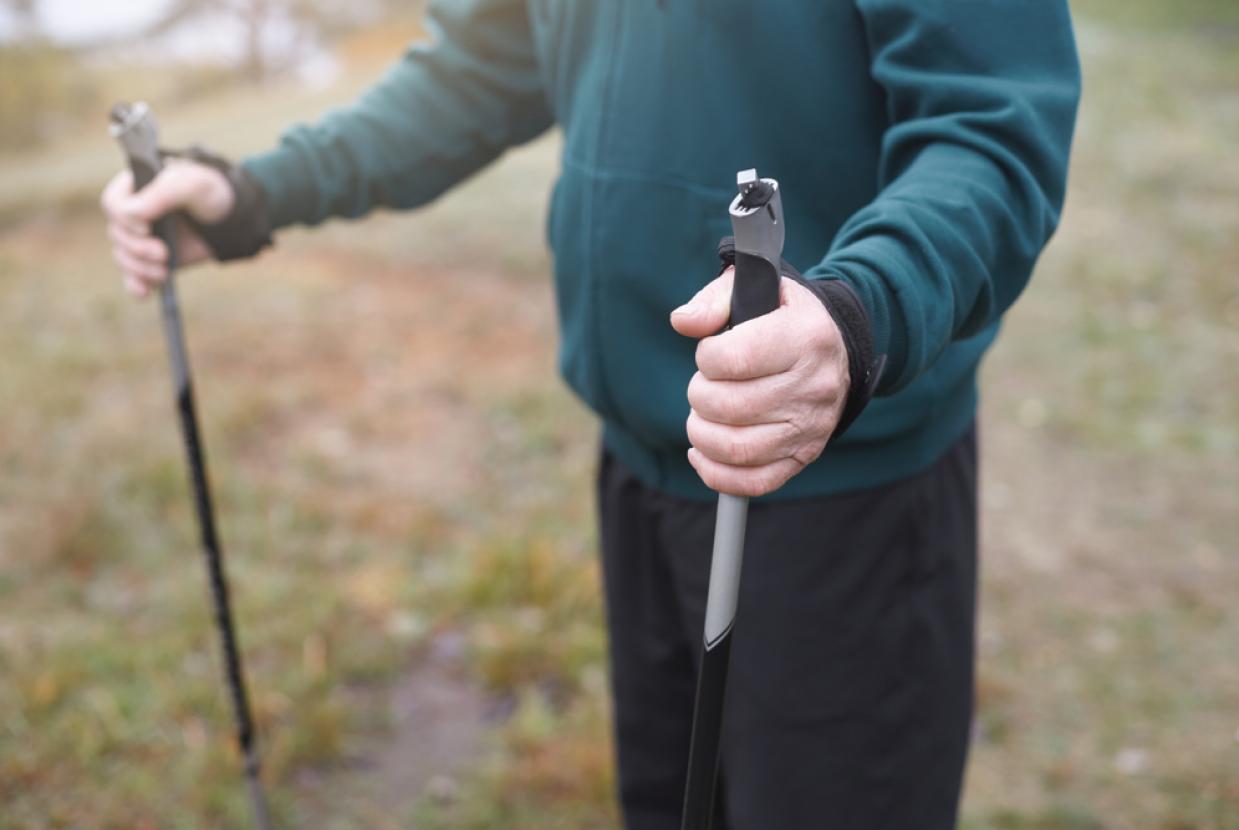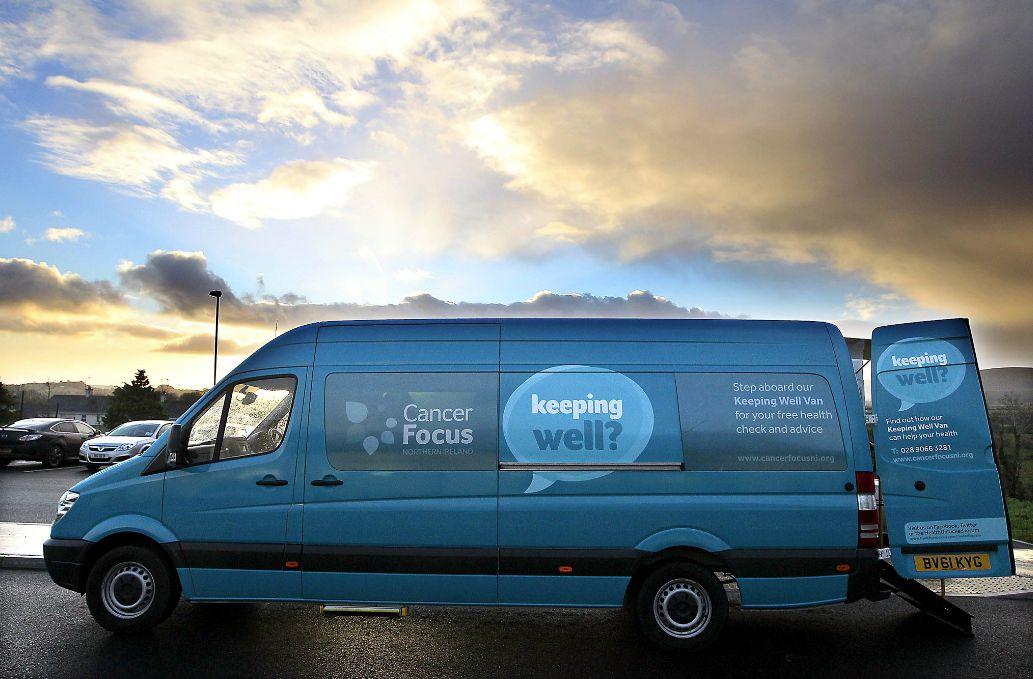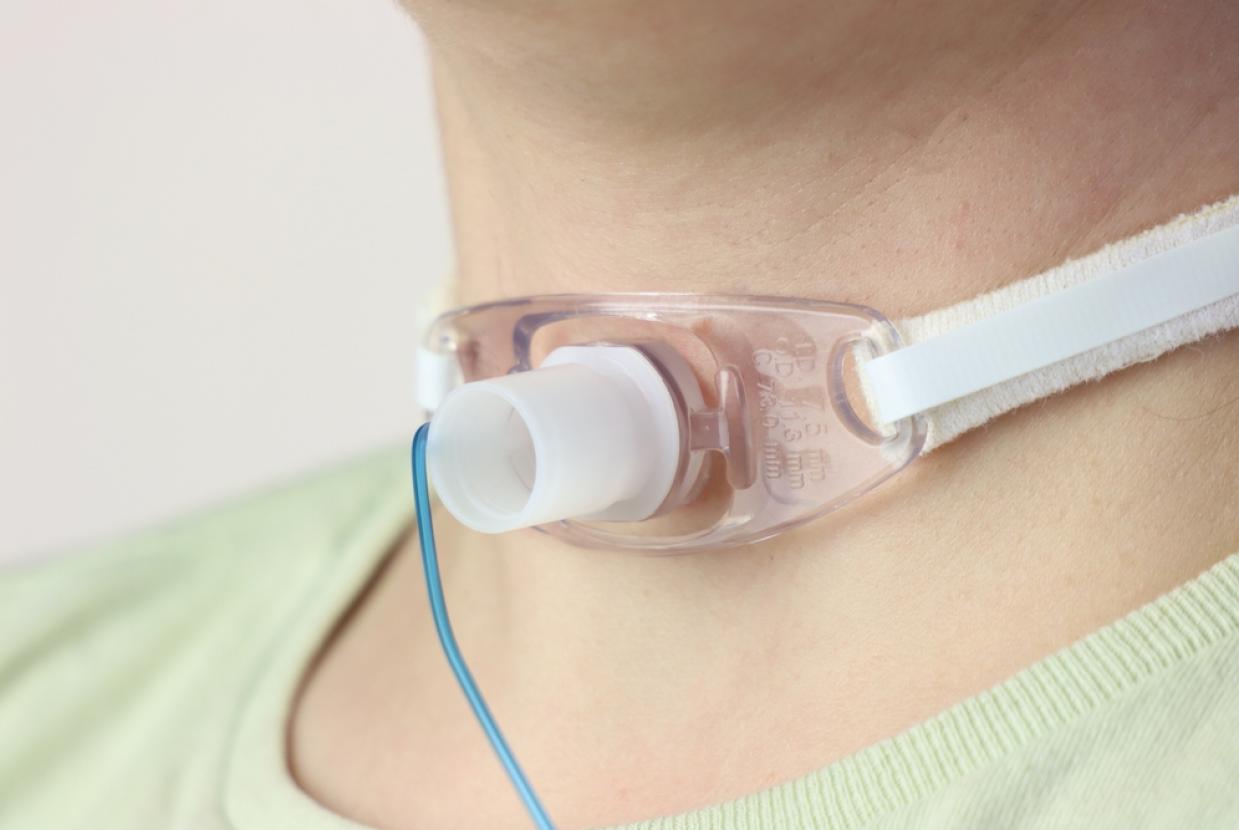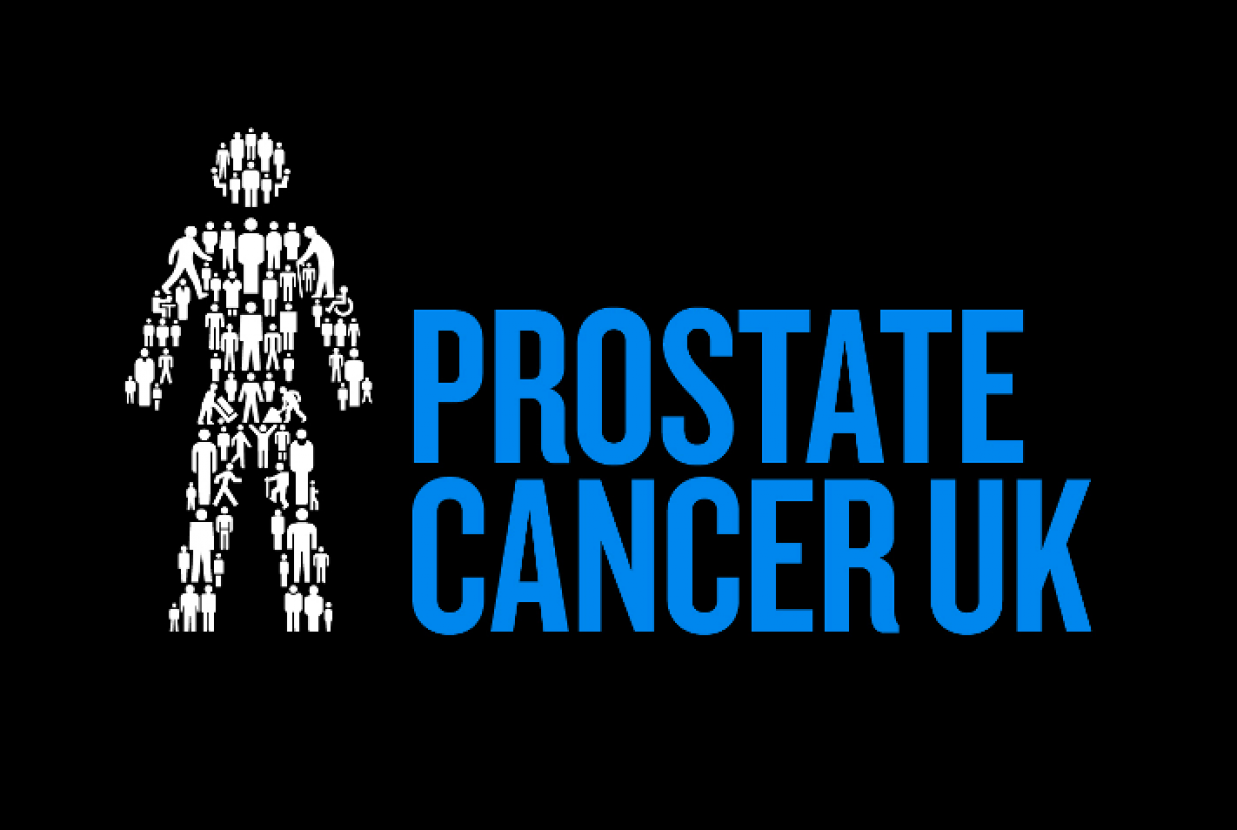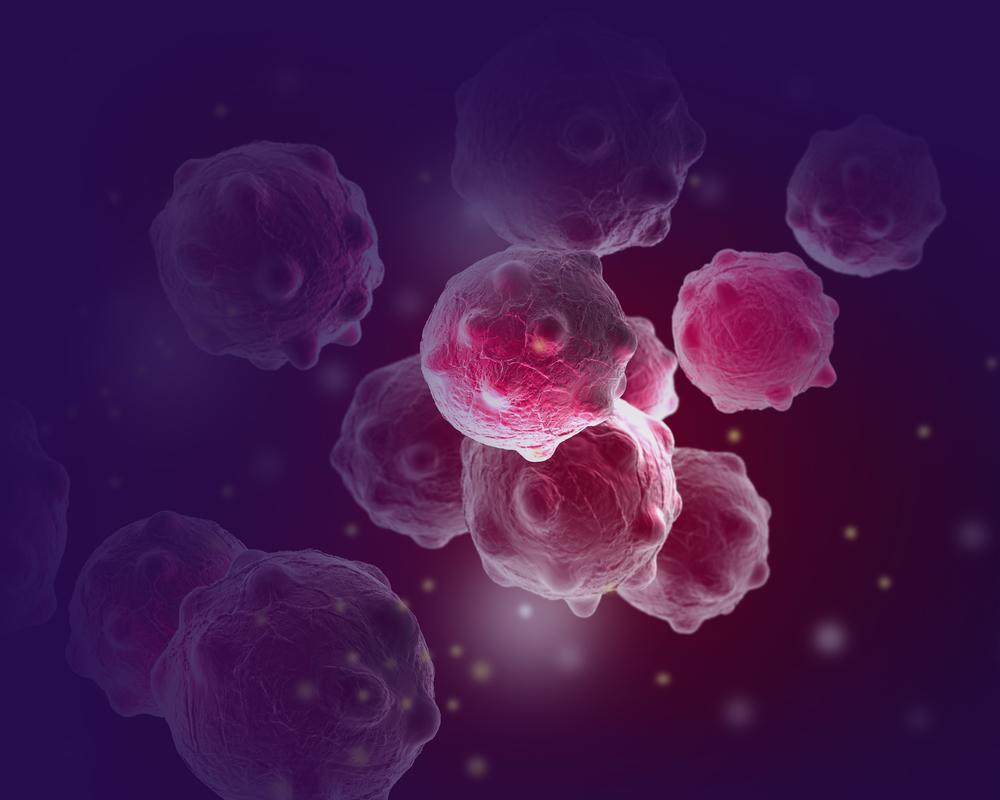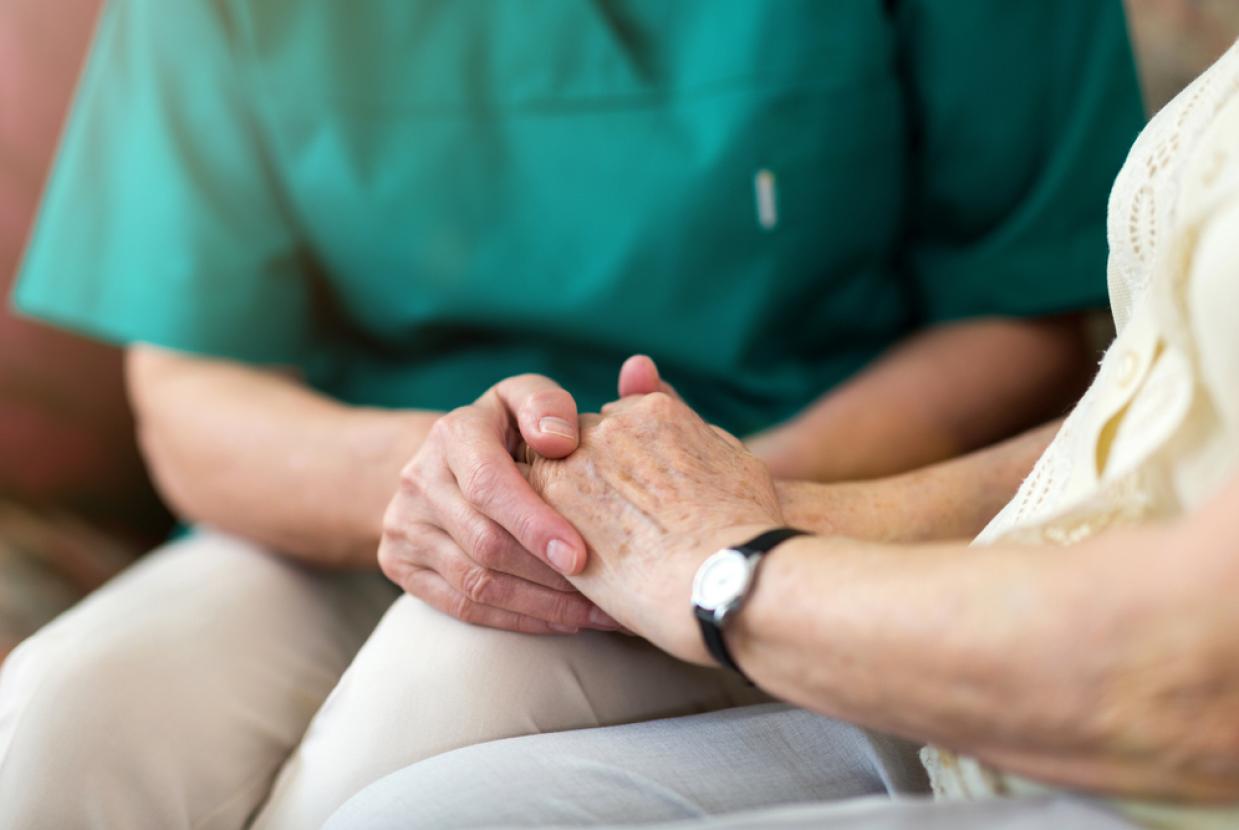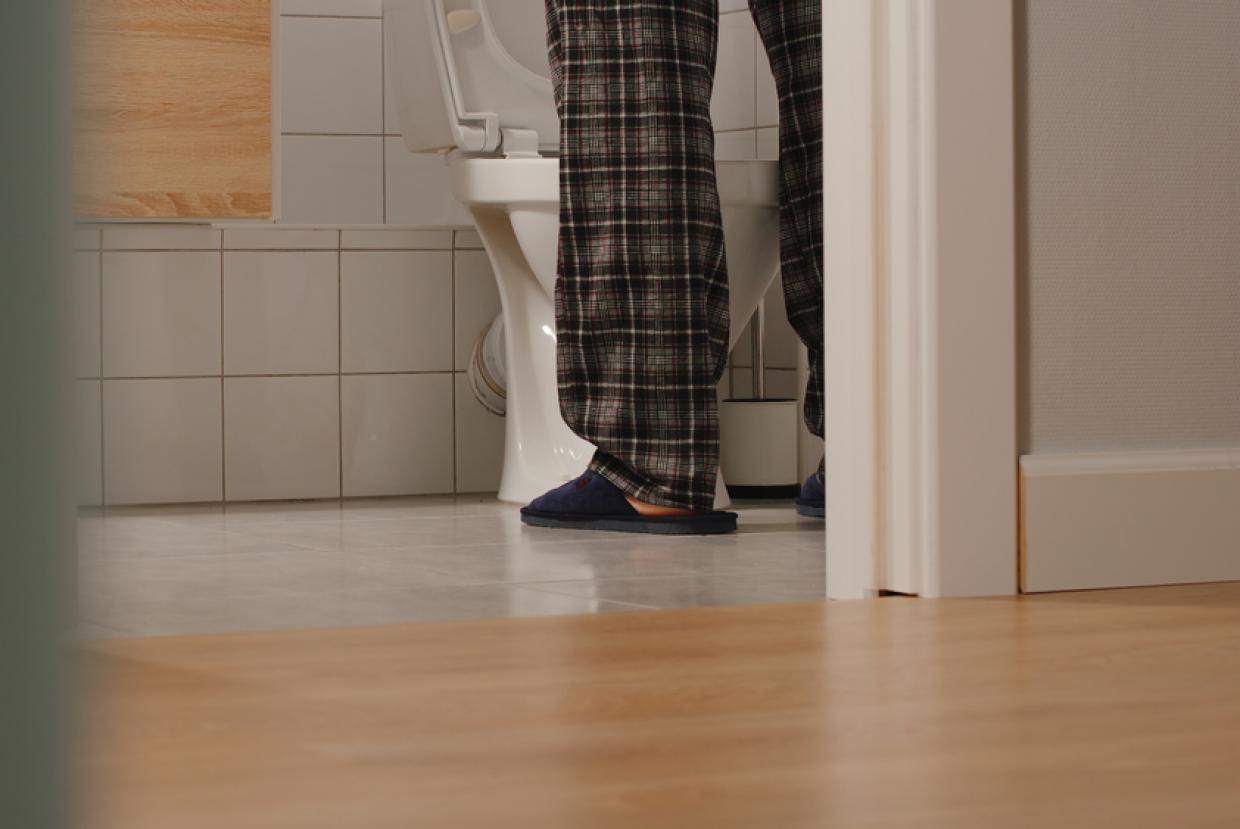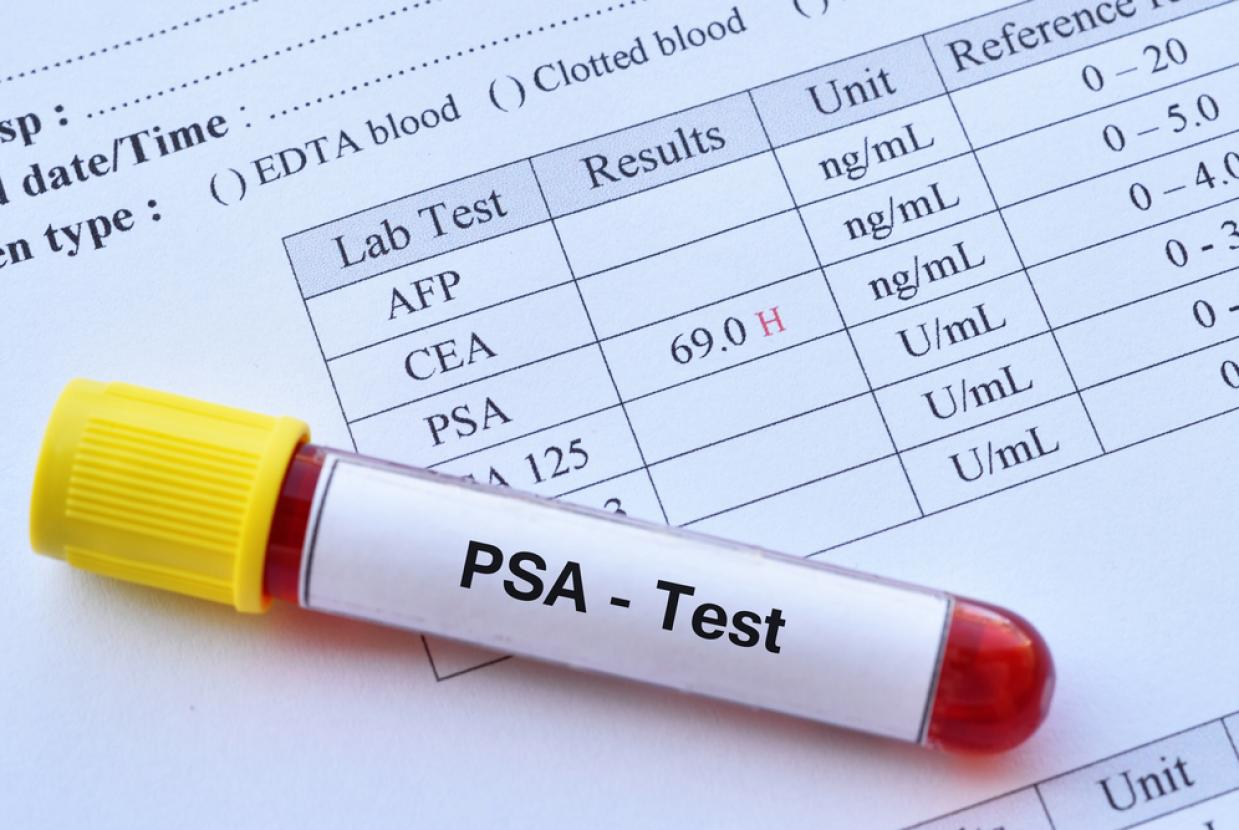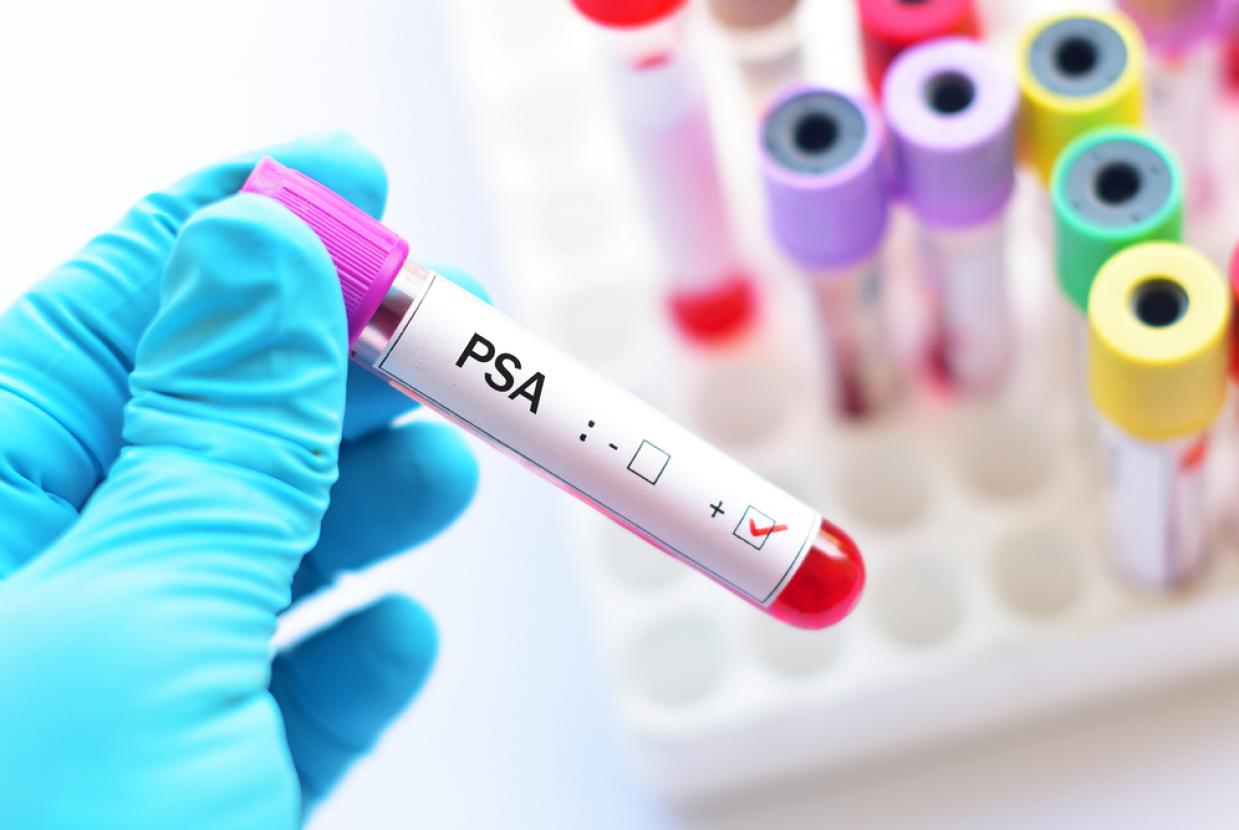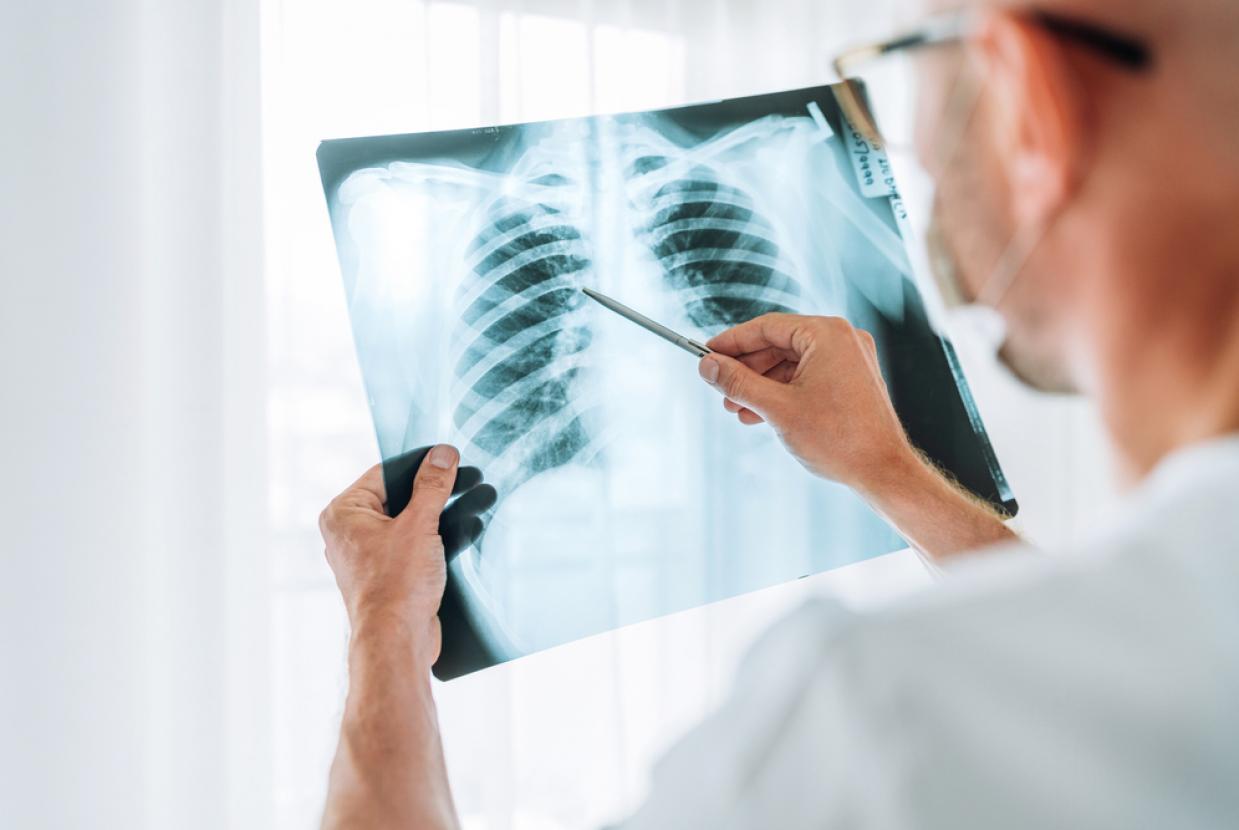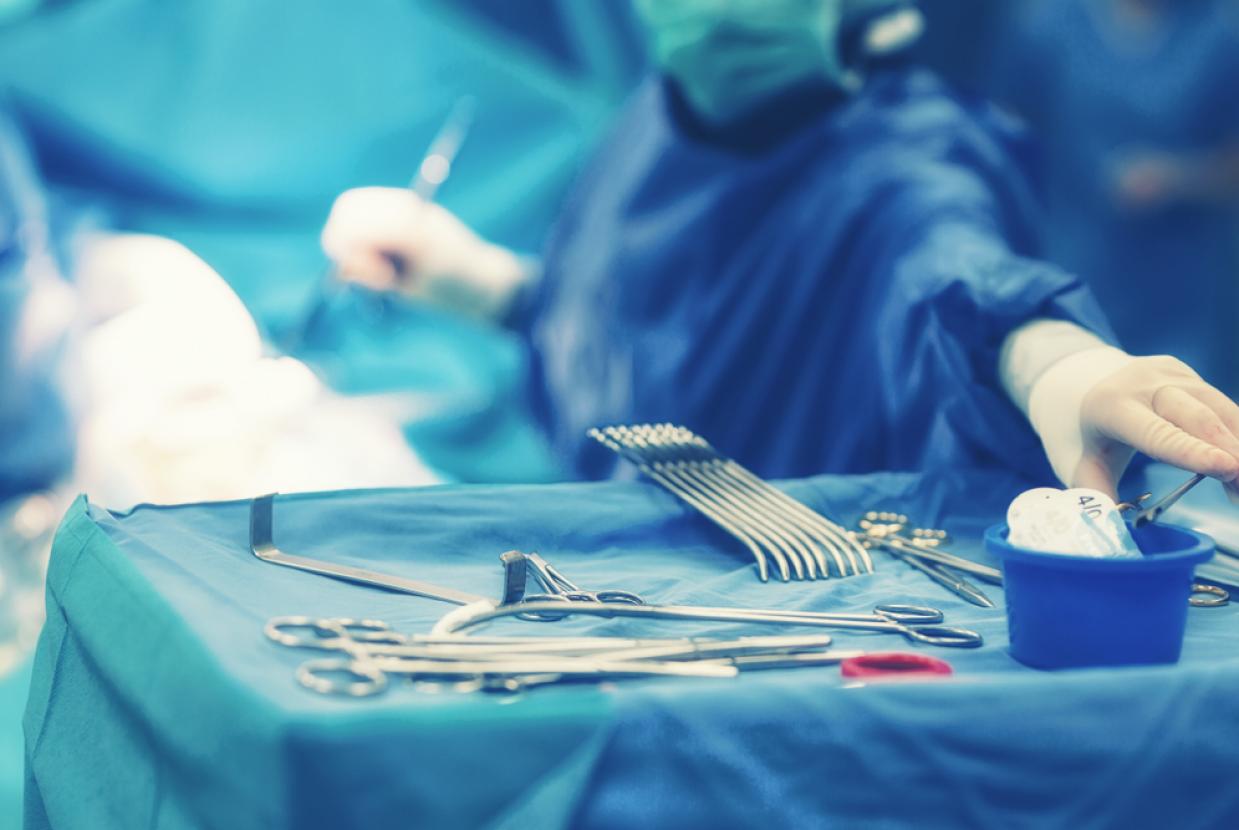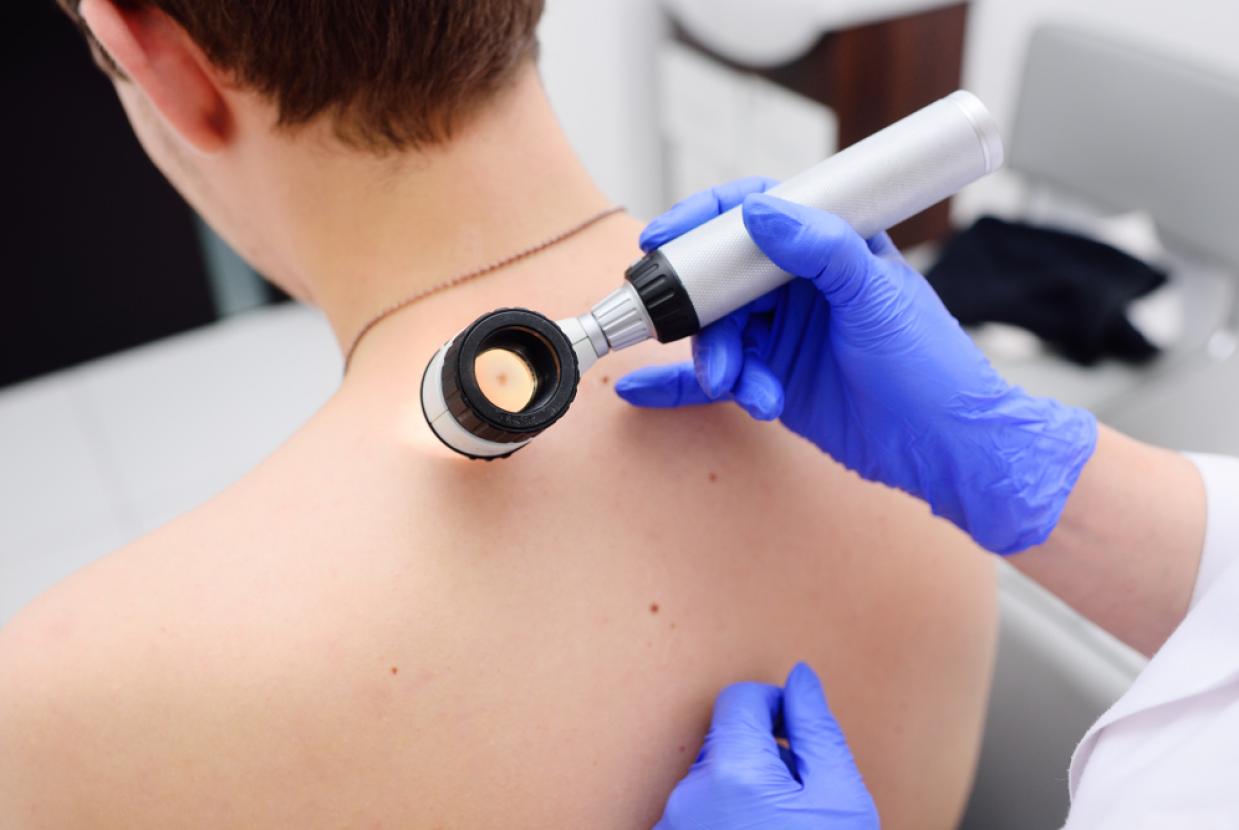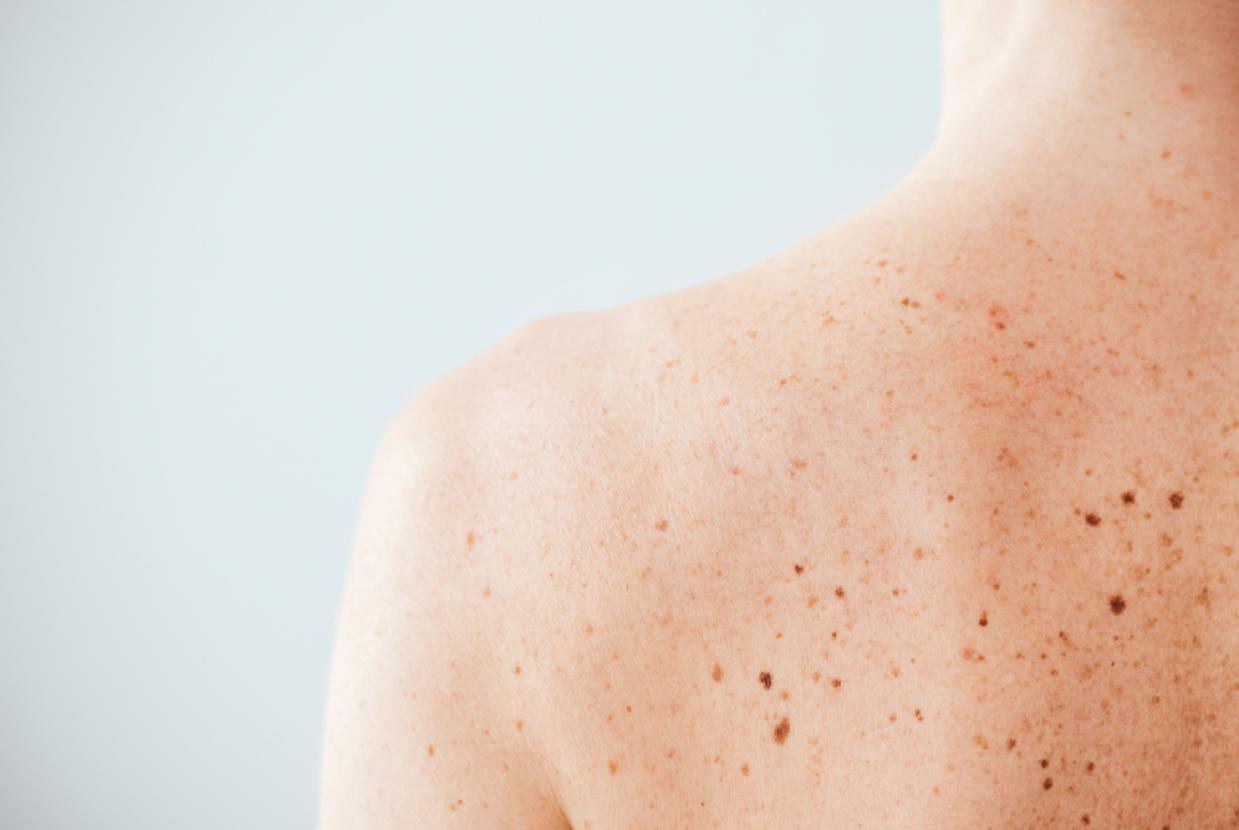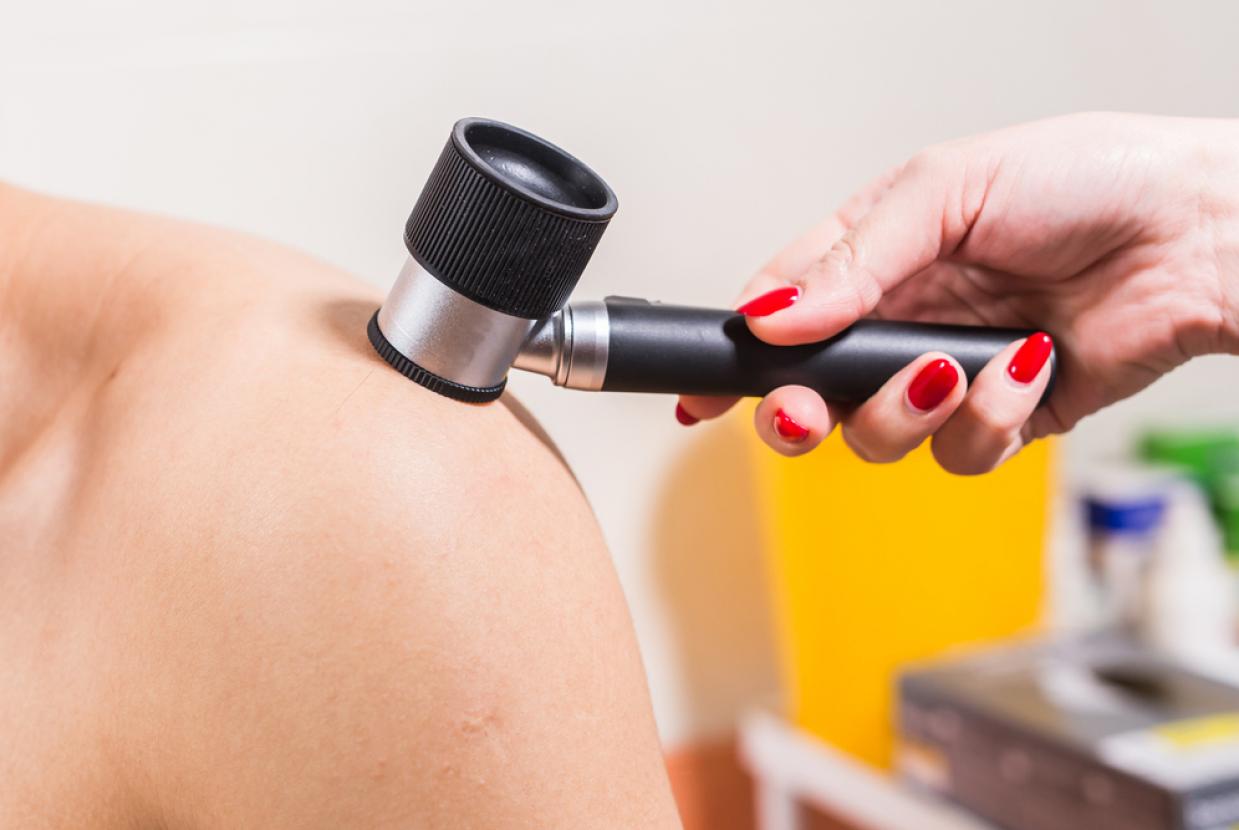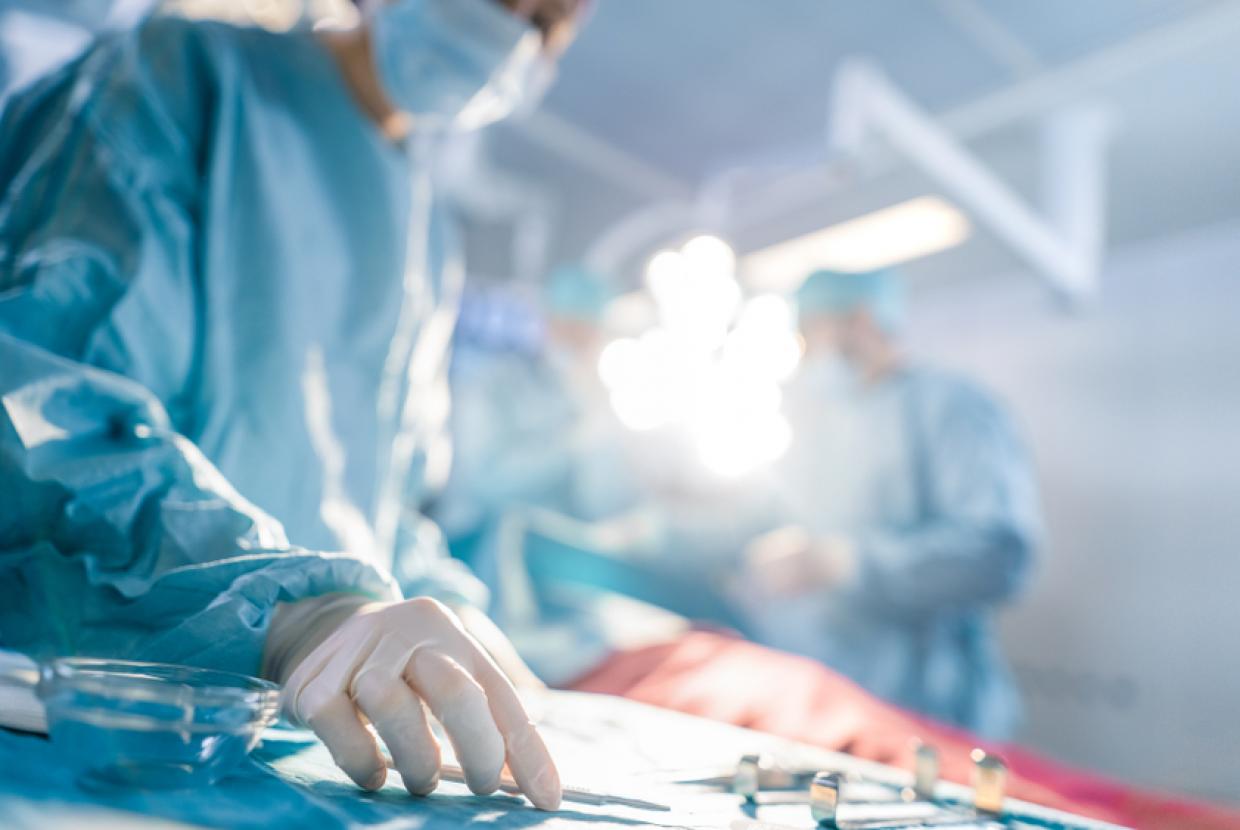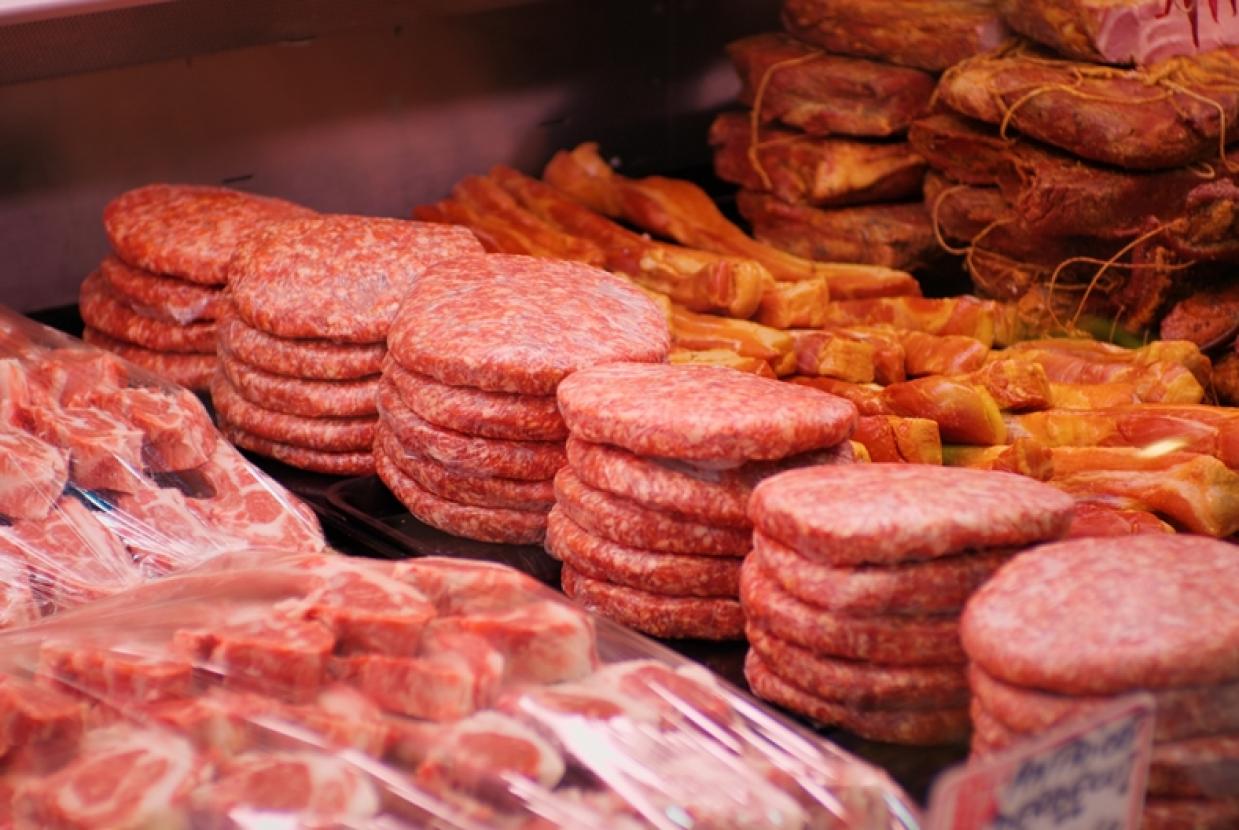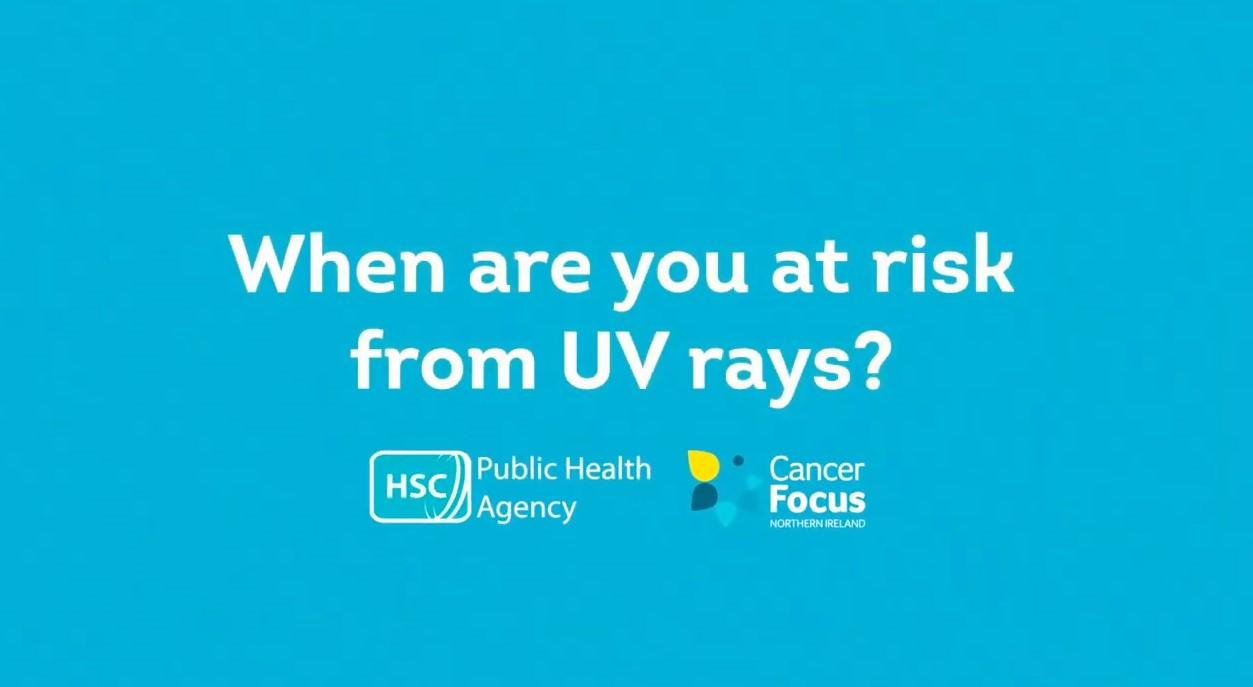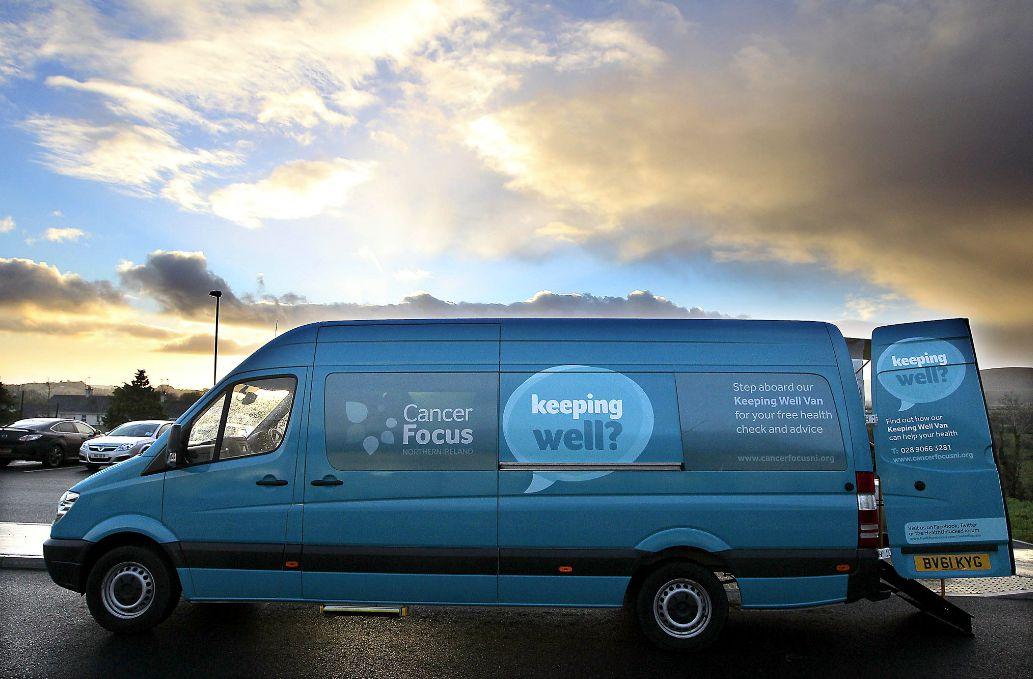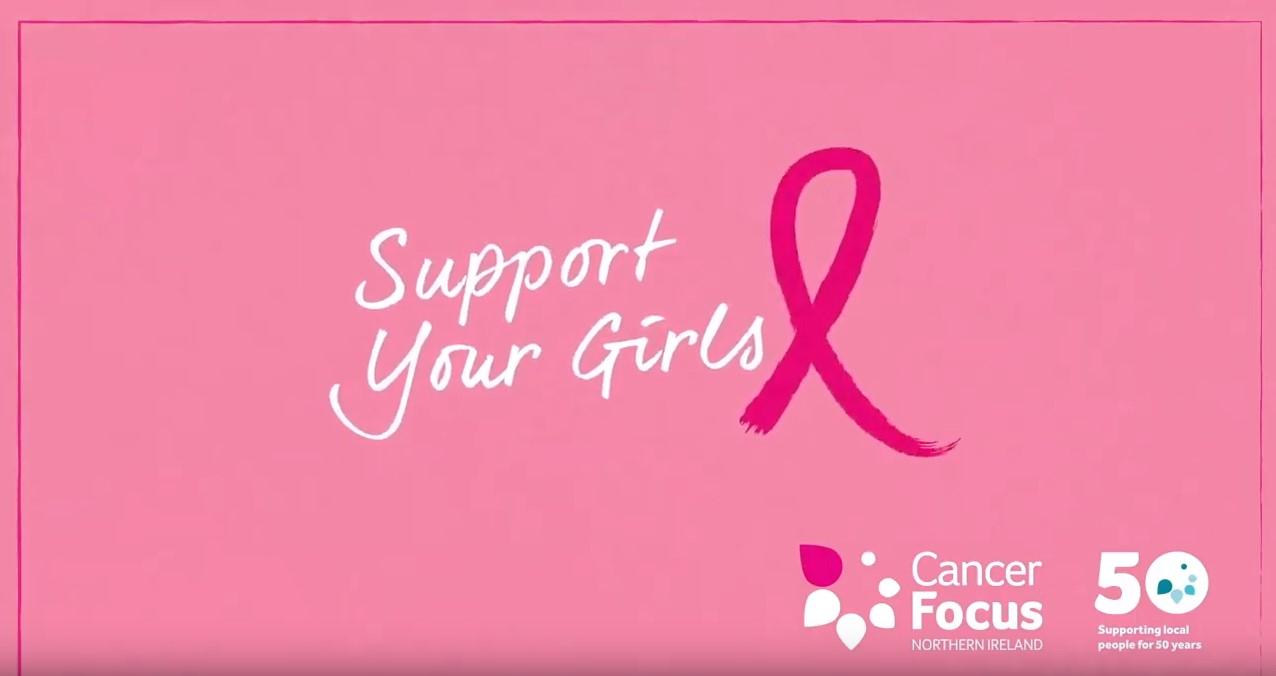Breast Cancer In Men
Breast cancer in men is rare. Each year, about 375 men are diagnosed with breast cancer in the UK. Breast cancer can develop in the small amount of breast tissue behind the nipples.
Clinical oncologist, Bernadette Lavery, talks you through what breast cancer is, the main types, risk factors, stages and common treatments available to you.
Types of breast cancer in men
There are different types of breast cancer. Knowing the type of cancer you have helps the doctors plan the best treatment for you.
Most breast cancers in men are invasive. This means the cancer cells have spread outside the lining of the ducts of the breast and into surrounding breast tissue. There are different types of invasive breast cancer.
No special type - This is when cancer cells are examined under the microscope and they have no specific features. They are called breast cancer of ‘no special type’ (NST) or ‘not otherwise specified’ (NOS). It is also called invasive ductal carcinoma. It is the most common type of breast cancer. About 7 to 8 out of 10 of all breast cancers (70 to 80%) are this type.
Special types - Some breast cancer cells have features that identify them as a specific type of breast cancer. These are called ‘special type’ breast cancers. They are named depending on how the cells look under a microscope. The types include tubular, medullary, mucinous and cribriform.
Rarer types of breast cancer in men
There are other types of invasive breast cancer. These are very rare in men.
Invasive lobular breast cancer - This cancer is rare in men. This is because they have very few, if any, lobules in their breasts.
Inflammatory breast cancer - Inflammatory breast cancer is when cancer cells grow along and block the tiny channels (lymph vessels) in the skin of the breast. The breast then becomes inflamed and swollen. Inflammatory breast cancer is rare.
Paget’s disease of the breast - Paget’s disease of the breast is a condition that causes a scaly rash (like eczema) on the skin of the nipple. Paget’s disease is rare in men.
Ductal carcinoma in situ (DCIS) is the earliest form of breast cancer. In DCIS, there are abnormal cells in the ducts of the breast, but these cells are contained (in situ). They have not spread into normal breast tissue.
DCIS is much less common in men. Less than 1 in 10 breast cancers in men (10%) are DCIS.
If you would like more information about any type of breast cancer, you can call the Macmillan Support Line for free on 0808 808 0000.
Breast cancer symptoms in men
The most common symptom is a painless lump under the nipple or areola. The areola is the darker area around the nipple.
Other symptoms may include:
- a nipple turning in (inverted nipple)
- changes in the size or shape of the breast
- an eczema-like rash on the nipple
- discharge or bleeding from the nipple
- a swelling or lump in either armpit
- an ulcer on the skin of the breast.
You will know how your chest area normally looks and feels. If you notice any change, you should visit your GP straight away. If breast cancer is diagnosed and treated early, the more successful treatment is likely to be.
To read more about breast cancer in men - Click Here











